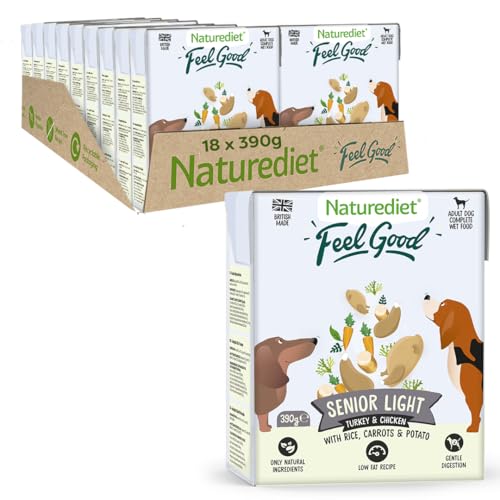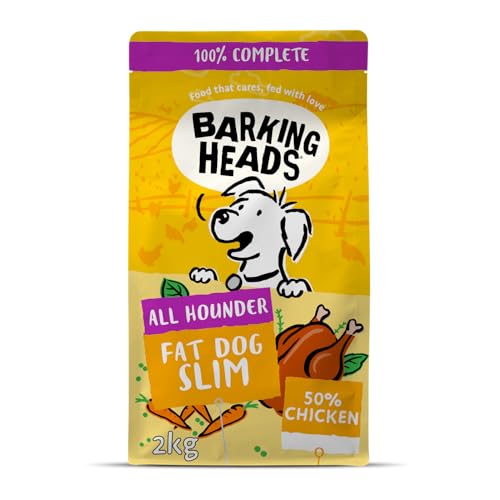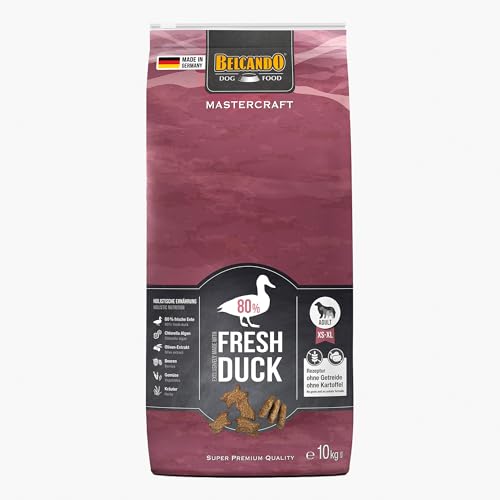Understanding Diet Dog Food: What It Is and Why It Matters
What is Diet Dog Food?
Diet dog food is specifically formulated to manage weight and promote health in dogs. Unlike regular dog food, these diets contain fewer calories and may have a different balance of nutrients to help dogs shed those extra pounds or maintain a healthy weight. We may notice that certain brands tout their food as suitable for weight management, which can be beneficial for our dogs who are less active or tend to gain weight easily.
The Importance of Choosing the Right Diet Food
Selecting an appropriate diet dog food is crucial because it not only helps control our dogs’ weight but also supports their overall health. This kind of food often includes high levels of protein to ensure our pets retain muscle while losing fat. It’s also designed to provide necessary vitamins and minerals that help maintain energy levels, promote a shiny coat, and support joint health, especially for older dogs.
Key Ingredients to Look For in Diet Dog Food
High-Quality Protein Sources
When evaluating diet dog food, we should look for high-quality protein sources such as chicken, turkey, or fish listed as the first ingredient. These proteins are essential for building and maintaining muscle mass while our dogs are on a calorie-restricted diet.
Fibre-Rich Ingredients
Diet dog food should include fibre-rich ingredients like brown rice, oatmeal, or beet pulp. These fibres not only help to create a feeling of fullness, preventing our pets from feeling hungry but also support healthy digestion, which is particularly important when changing their diet.
Healthy Fats in Moderation
It’s important that diet dog foods contain healthy fats. Look for whole sources such as fish oil or flaxseed; these provide essential fatty acids that contribute to a healthy coat and skin. However, the quantity of fat should be controlled to keep calories under check.
Essential Vitamins and Minerals
Finally, we should ensure that these diets are fortified with essential vitamins and minerals, such as calcium for bone health, and antioxidants to help with immune function. Checking the ingredients for nutritional balance can help us provide a well-rounded diet for our dogs.
How to Transition Your Dog to a Diet Food Safely
Gradual Introduction to the New Diet
Transitioning our dogs to a new diet food is best done slowly to avoid digestive upset. We can start by mixing a small amount of the new diet food with their current food—typically a ratio of 25% new food to 75% old food. Over five to seven days, we can gradually increase the proportion of the new food until they are fully switched over.
Monitoring Our Dog’s Response
During this transition, it’s essential to monitor our dog’s response. Look for any signs of gastrointestinal upset like vomiting or diarrhea. If these occur, we should pause and give our dog a little more time on the previous food before trying again.
Consistency is Key
Maintaining consistency during this period will help our dogs adjust better to the new food. Sticking to similar feeding times and maintaining their usual routine can ease their transition.
Top Diet Dog Food Brands We Recommend
Popular Choices for Diet Dog Foods
In the realm of diet dog food, there are several brands that consistently come to the forefront due to their quality ingredients and effective formulations. Brands like Hill’s Science Diet, Royal Canin, and Purina Pro Plan are designed specifically for weight management and contain ingredients that we’ve found beneficial for our dogs. We recommend researching each brand’s specific products to find the one that best suits our dog’s needs.
Tips for Maintaining Your Dog’s Healthy Weight
Regular Exercise is Essential
While diet is a crucial aspect of weight management, incorporating regular exercise is equally important. Daily walks, playtime in the yard, or engaging in dog-friendly activities can keep our dogs active and help them burn off calories.
Monitor Portion Sizes
Be mindful of portion sizes when serving food. Consulting a veterinarian can provide guidance on how much food our dogs should receive based on their weight and activity level. Measuring food rather than using a scoop can help us avoid overfeeding.
Reward Healthy Behaviours
Instead of snacks, we can reward our dogs with praise or extra playtime. If we do choose to give treats, opting for healthier options like carrots or special low-calorie dog treats can help keep their overall diet balanced.






























